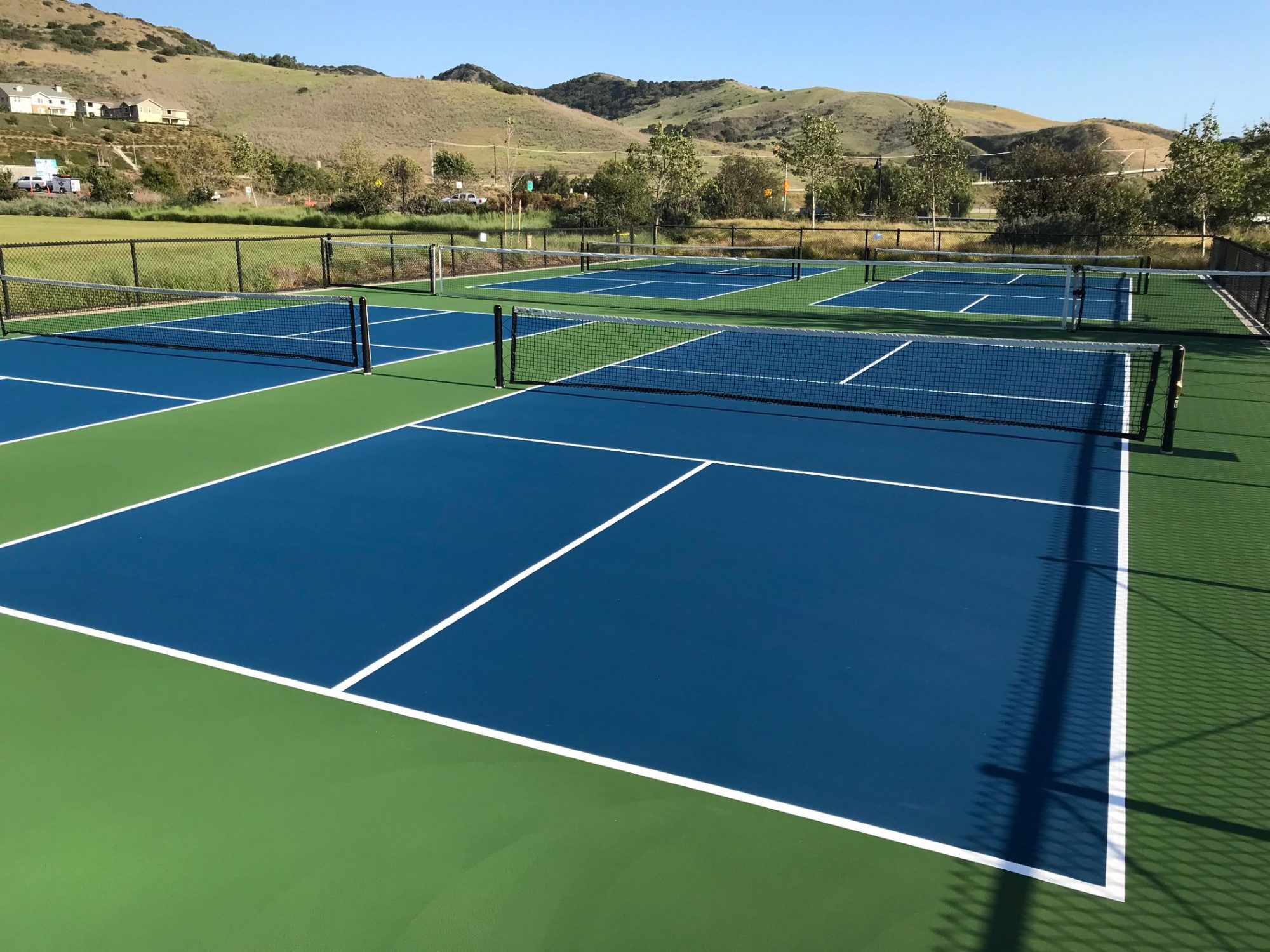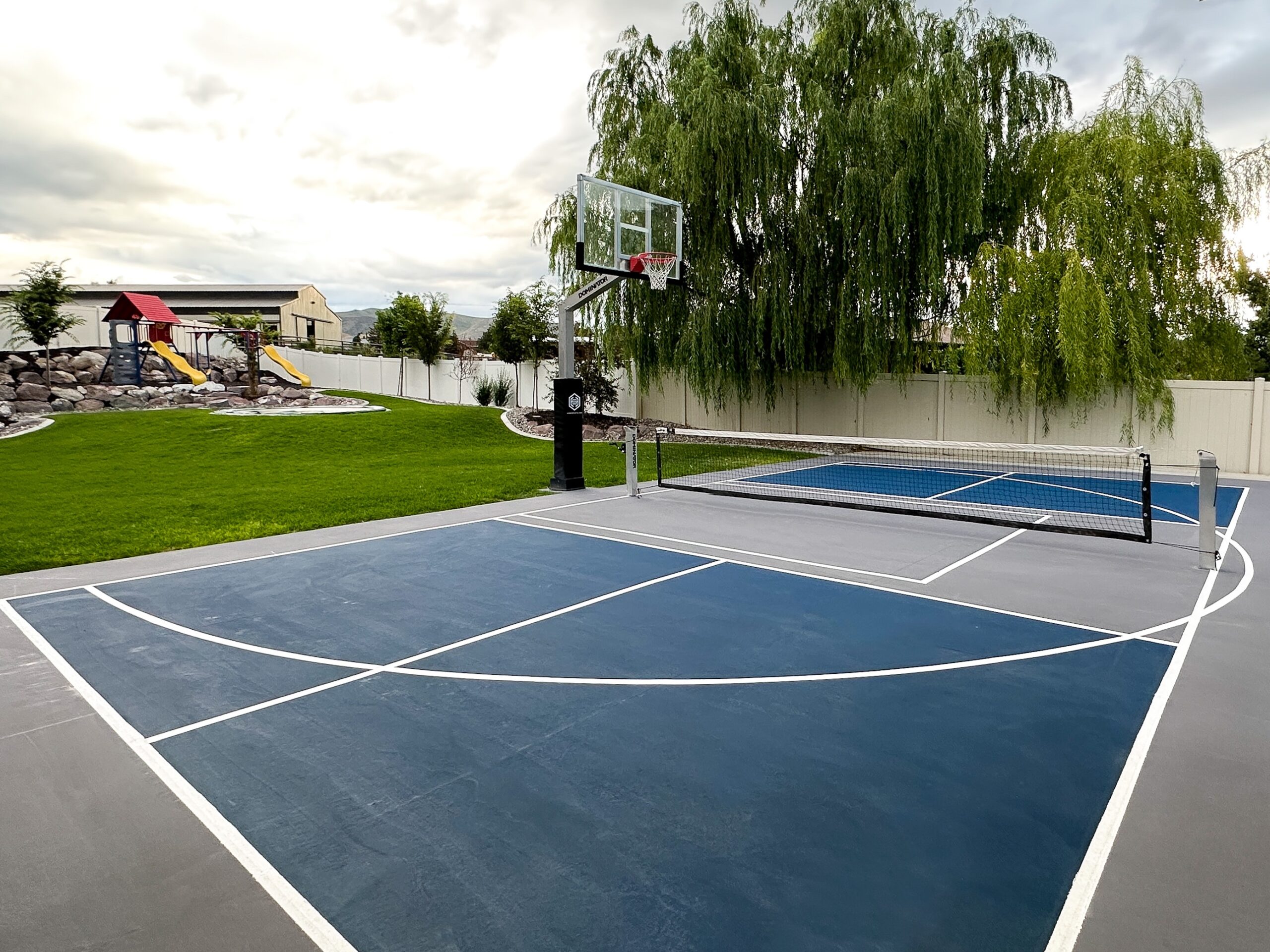How Local Rules Influence Your Pickleball Court Construction Strategies
How Local Rules Influence Your Pickleball Court Construction Strategies
Blog Article
Boost Citizen Interaction With Community-Driven Pickleball Court Projects
The emergence of community-driven pickleball court jobs provides an one-of-a-kind possibility to foster local interaction and enhance neighborhood connections. The genuine concern remains: how can these grassroots efforts be tactically carried out to make sure sustainability and inclusivity in varied neighborhoods?
Value of Area Involvement
Area involvement is an essential element in the successful development of pickleball court projects, as it cultivates a feeling of ownership and cumulative duty amongst locals. When neighborhood participants are proactively associated with the planning and implementation stages, they are extra most likely to support for the job's long-lasting success. Engaging stakeholders such as local gamers, family members, and leisure groups ensures that the centers fulfill the varied needs and preferences of the area.
In addition, neighborhood engagement grows an encouraging atmosphere where locals really feel empowered to add their sources and ideas. Pickleball court construction. This collaborative technique can cause innovative solutions that boost the style and functionality of the courts, making them extra attractive to a wider target market. Furthermore, entailing citizens in decision-making processes can reinforce social ties, advertising inclusivity and unity within the neighborhood
The presence of neighborhood assistance for a pickleball job can also play an essential role in safeguarding funding and authorization from local authorities. By showing a shared commitment to entertainment advancement, areas can efficiently support for resources and plan changes that prefer the facility of pickleball courts, eventually improving the local society and entertainment landscape.
Steps to Launch a Project
Starting a pickleball court task requires a methodical strategy that improves the structure of area engagement established in previous conversations. The first step is to construct a project committee making up neighborhood stakeholders, lovers, and representatives from relevant organizations. This diverse team ensures that multiple perspectives are considered.
Next, perform a demands evaluation within the neighborhood. Studies, emphasis teams, and public conferences can be efficient in assessing rate of interest and event input on prospective court areas, preferred facilities, and organizing preferences. Following this, establish a project plan describing objectives, obligations, and timelines.
Once the plan is in place, involve with neighborhood authorities to comprehend zoning guidelines and any type of required licenses. Interacting transparently with the community throughout this process is important, as it promotes count on and encourages further participation.
In addition, arranging neighborhood events can help maintain energy and interest. These events can work as systems for additional discussion and help to reinforce area ties. Lastly, document every action taken and preserve comprehensive records, as this will certainly be valuable for future stages of the job, consisting of financing and source acquisition.
Financing and Resources Available
Protecting financing and resources for a pickleball court project is usually an essential step that can identify the project's expediency and success. Various methods exist for acquiring economic support, varying from public funding to exclusive sponsorships. Regional federal government grants, usually aimed at advertising community wellness and recreation, can give substantial economic backing for such efforts.
In addition to government sources, nonprofit organizations and structures frequently use gives specifically for sporting activities and community advancement tasks. why not try this out Engaging regional organizations as sponsors can likewise be a rewarding strategy; lots of firms are eager to spend in area initiatives that improve their company social responsibility profile.
Crowdfunding systems have actually arised as a viable option for grassroots fundraising, enabling neighborhood members to contribute directly to the project. This method not only increases funds however likewise promotes a feeling view it now of possession amongst participants.
Style and Preparation Factors To Consider
Efficient style and preparation are basic elements of any kind of effective pickleball court task following the procurement of financing and sources. A complete analysis of the suggested place is vital; this includes evaluating ease of access, proximity to existing community services, and the possibility for exposure and interaction.
The layout of the court must follow main size requirements while thinking about the surrounding environment. Including functions such as seating, color frameworks, and suitable lighting can dramatically improve player experience and viewer pleasure. Materials picked for the court surface should focus on toughness and safety, with alternatives like acrylic or asphalt offering ideal performance.
Entailing community participants in the design procedure promotes a feeling of ownership and ensures that the center meets neighborhood needs - Pickleball court Continue construction. This can be attained with public consultations and surveys, permitting stakeholders to reveal their choices and issues
Sustainability should likewise be a top priority; integrating eco-friendly products and practices can contribute to lasting practicality. Developing a maintenance plan to make certain the court remains in outstanding problem will certainly support continuous community involvement and engagement in pickleball tasks.

Success Stories and Situation Researches
Highlighting the transformative impact of community-driven efforts, several success stories highlight exactly how collaborative efforts have led to the development of vivid pickleball courts across numerous areas. One significant example is the initiative in a village in Florida, where residents grouped with each other to transform an underutilized tennis court into a dedicated pickleball facility. Via fundraising events and collaborations with local services, the neighborhood increased enough funds to install brand-new nets, resurfacing, and lines, eventually promoting a dynamic center for regional players.
In a similar way, in a suburb of The golden state, a grassroots activity emerged to produce pickleball courts in a neighborhood park. The project not just engaged volunteers for building and construction but also consisted of workshops to involve neighborhood members in the sporting activity. Therefore, the courts ended up being a centerpiece for social communication and health and fitness, attracting players of every ages.
These situation studies exemplify just how community-driven projects can enhance neighborhood interaction, promote exercise, and reinforce social bonds. By leveraging collective resources and excitement, areas can efficiently sustain and create pickleball facilities that offer varied populations and promote a feeling of belonging.

Final Thought
To conclude, community-driven pickleball court projects act as essential instruments for improving local involvement and fostering a feeling of belonging among residents. By focusing on stakeholder involvement throughout the preparation and application stages, these initiatives can properly deal with diverse community requirements. Furthermore, leveraging available sources and taking a look at successful study can provide important insights for future jobs. Inevitably, such efforts add to the makeover of public rooms into dynamic facilities of physical fitness and social communication, reinforcing area ties.
The introduction of community-driven pickleball court projects offers a special possibility to foster regional interaction and reinforce community connections.Area engagement is an essential element in the successful advancement of pickleball court projects, as it promotes a feeling of possession and cumulative obligation amongst locals. When community members are actively involved in the preparation and application phases, they are much more most likely to advocate for the task's lasting success.Starting a pickleball court project needs a methodical technique that develops on the foundation of community interaction established in previous discussions. The project not only engaged volunteers for building yet also consisted of workshops to engage area participants in the sporting activity.
Report this page